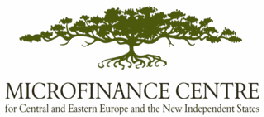THE ROLE OF DONORS AND THE CRISIS
JANUARY 7, 2009, WASHINGTON, DC, and ONLINE
Conan French of the US Agency for International Development (USAID) will moderate this discussion among Kate McKee of CGAP (Consultative Group to Assist the Poor), Sandra Adams of the Grameen Foundation and April DuBois of Opportunity International on the effect of the global financial crisis on the role of donors, and the possible implications for microfinance institutions and their clients. “The Role of Donors and the Crisis” will take place at 4 pm eastern US time on January 7 at the offices of QED Group in Washington, DC, and will be broadcast as a webinar in order to enable remote participation. There is no charge to attend. To participate in person, RSVP by email. To participate remotely, register online. No telephone number is offered.
This is the second seminar in a mini-series on the impact of the current crisis on the microfinance industry. In the coming months, a number of topics relating to the current financial crisis will be covered, including its effects on savings, remittances and microinsurance. After this event, materials will be posted at the microLINKS “After Hours” webpage.

